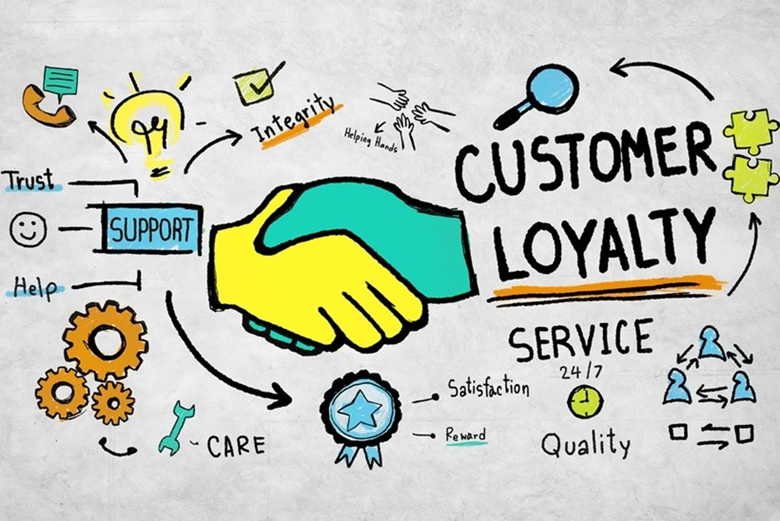In my consulting, I have often hear:
“How do I get my employees to be more strategic?”
“Can you train my team to be more strategic?”
“Why are they not offering strategic solutions, even after I provide the time to do so?”
First, it’s important that we define strategy. A strategy is not a plan and vice versa. Strategy is a framework to help you make decisions and is a higher arching view of how you will win in the marketplace. But a strategy does not answer all of the minute details about how you execute the strategy. A plan is made up of tactical decisions and timelines that equate to the implementation of the strategy.
You have to have some level of leadership ability and responsibility in order to assume strategic responsibility, whether this is a council to a senior leader (often in the case of strategic consultants) or a senior role within the organization. Strategies are typically only changed every few years, while there are multiple plans in place every year. Most companies want their employees to develop plans, not strategies.
From a skill set standpoint, most employees have the ability to generate ideas, but not everyone knows the steps to ensure these ideas are profitable. Great strategists know how to do the research to validate the unique positioning of the idea versus the competitive and company strengths and weaknesses. It is vital that they have an outside perspective; your employees need access to thinking beyond your organization. This is often why consultants are hired. Another important skill set is the ability to write these ideas down into a structured plan that makes sense for the organizational capabilities.
In order to request strategies and plans, we need to understand that some of the responsibility lies in our employees’ abilities, and an equal amount on the internal culture we have created. I love to develop strategies for my clients, whether it’s a new direction, process, products, and / or positioning, and have been heralded by most of having a great strategic mindset. However, I have also had prior leaders who have questioned my strategic ability. This is not because I didn’t have the skills necessary to formulate new strategies and plans, but instead was largely due to the limiting culture the leadership created.
Leaders are failing to motivate their employees to commit themselves to change. Employees are not expending discretionary effort for the betterment of the organization, but instead are withdrawing their full abilities and self and are merely fulfilling their specific job requirements. As managers, we have to ask why would our employees WANT to exert extra effort in supporting or creating organizational strategic change? More than a skill set gap, It’s typically due to a knowing-wanting gap, from three fundamental reasons:
psychological contract violation
not feeling valued and understood
not seeing the value in the resulting impacts of the change
A psychologic contract is a set of beliefs and perceptions in regards to the promises and responsibilities between the employee and the organization. It is a give and a get. Employees give their energies in return for getting financial rewards, benefits, development, and recognition. When the equation is balanced, we can expect our employees to do more for the company; but when it is not, we can only expect our employees to withdraw.
A few years. back I was hired to take over the Vice President’s role, however, no matter how many times I asked, there was no exact plan or milestone in how we could transition and take over the responsibilities. Instead my job was in limbo and the job description did not match the actual demands of the job. I was promised more than the organization could offer and thus I withdrew my full self to focus on the needs of my community.
Fairness and trust are essential components in order for employees to bring their full abilities and self. The more erroneous your promise and obligations, the greater decline in how your employees view you as being fair. On the flip side, if they perceive that you have been honest, they will increase their organizational commitment and be more willing to institute the needed strategic change in the company.
Earlier in my career, I was the only working mom in a team of all fathers who had stay at home wives. The President asked me often on how I could balance both the demands of my family and the demands of the job, although I never missed a deadline and more than met the job description. Because he didn’t understand me and treated me differently than the men on the team, I questioned my future within the organization. This questioning resulted in less effort for any strategic change efforts.
Another management error that results in a lack of strategic planning is poor communication. How can we expect a strategic mindset when the majority of employees have become physically uninvolved in tasks? Strategies become significant only when leaders are able to help individual employees answer the following questions about the recommended change: (1) how will this change affect each employee, (2) how can your employees contribute to make a difference, and (3) why should they care. After implementing new directions with my clients, I spend time with their affected team so that they can understand how the change impacts their role and what they can do to help.
You can empower your team to be more strategic and to implement sound plans, as long as you are honest with yourself about the cause for the inability and the steps necessary to change for the better. Managers should seriously evaluate the current balance between ask and reward, whether they are making their employees feel valued and understood, and ensuring clear communication on how the requested change will affect their employees. Then, once the culture is conducive to a positive workforce environment, you can train your team to employ the right strategic skill sets.





